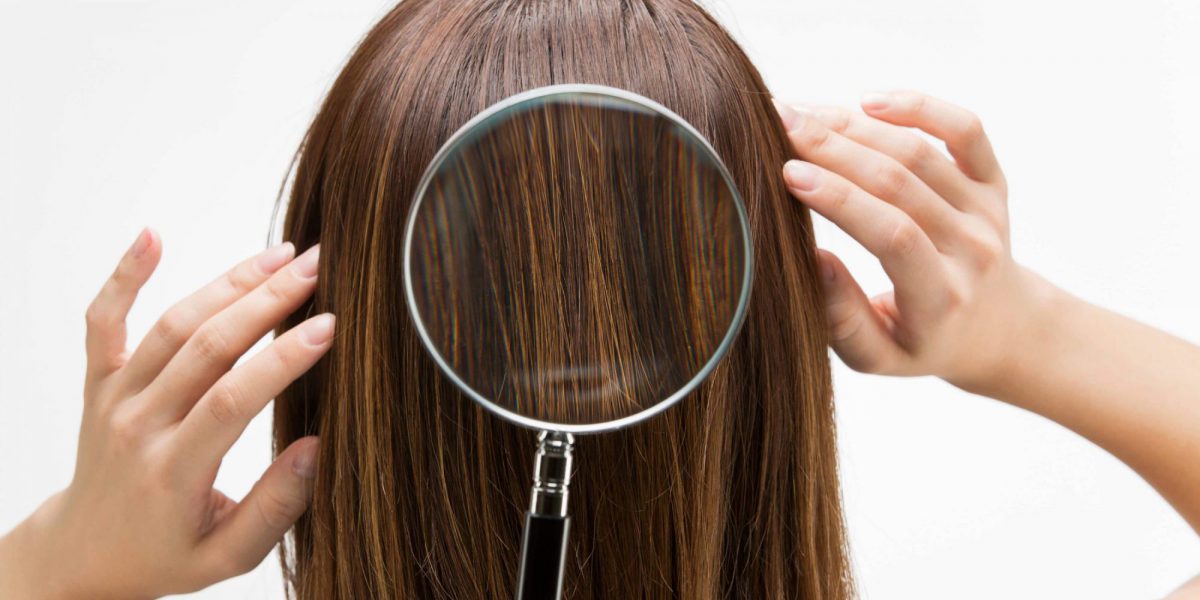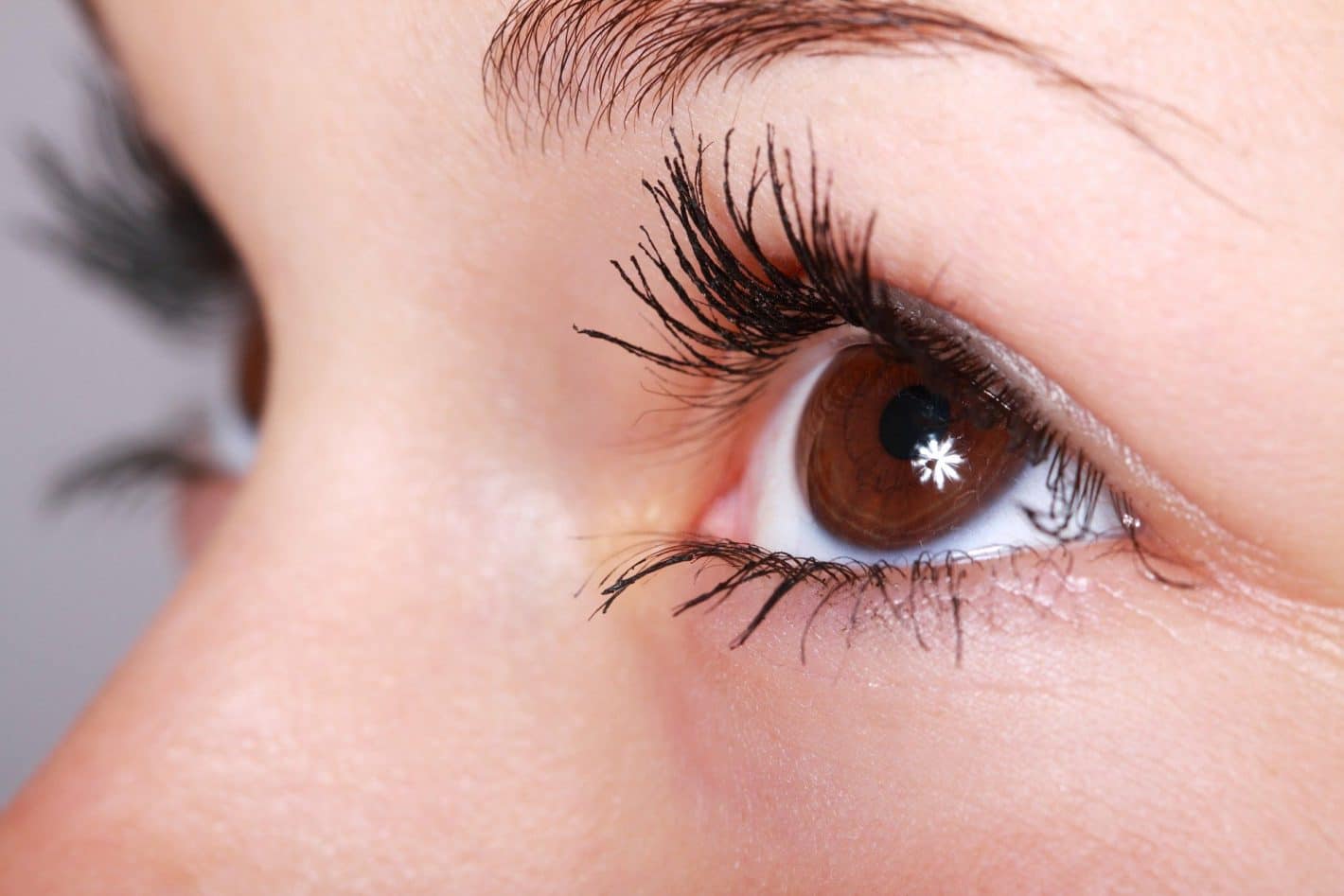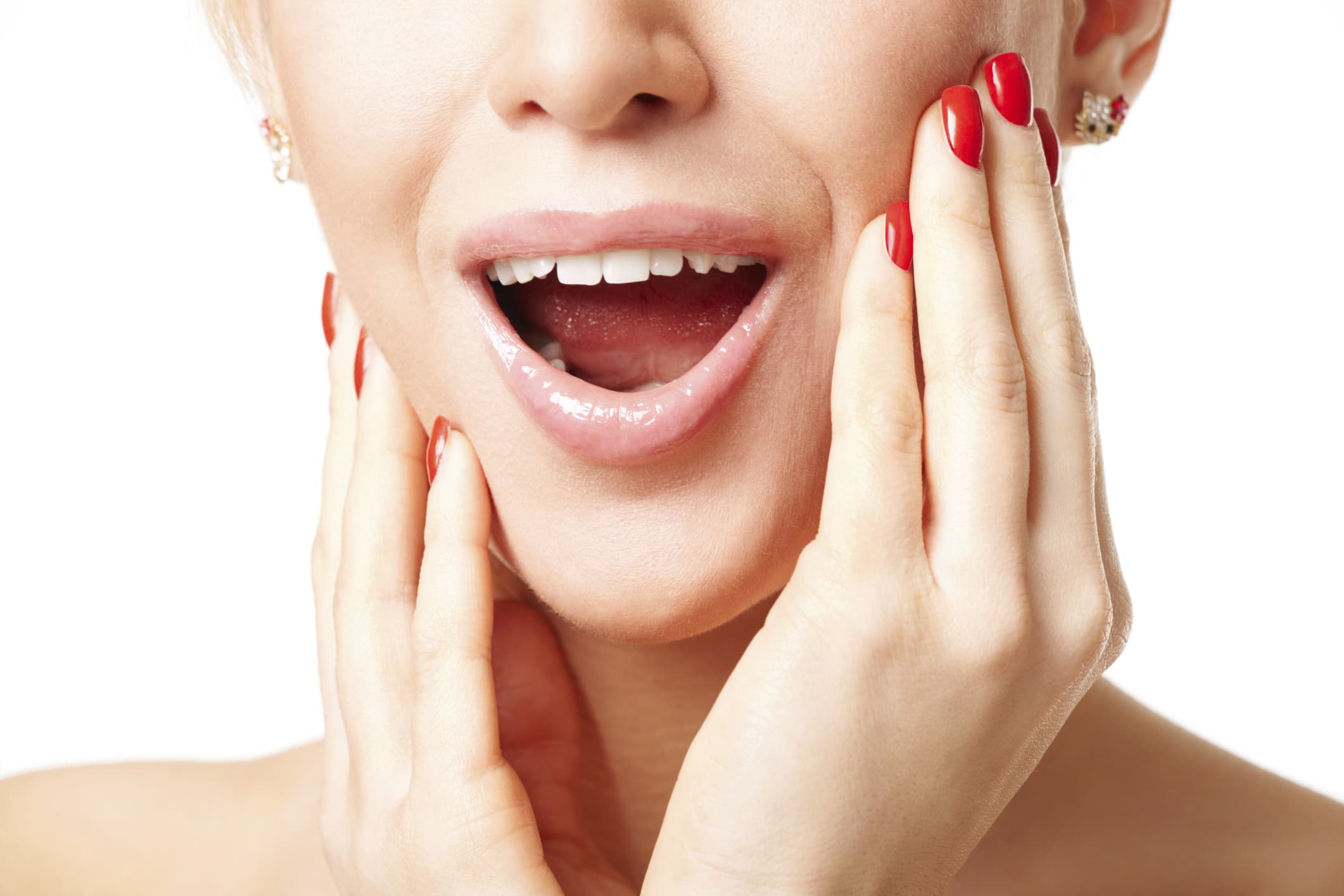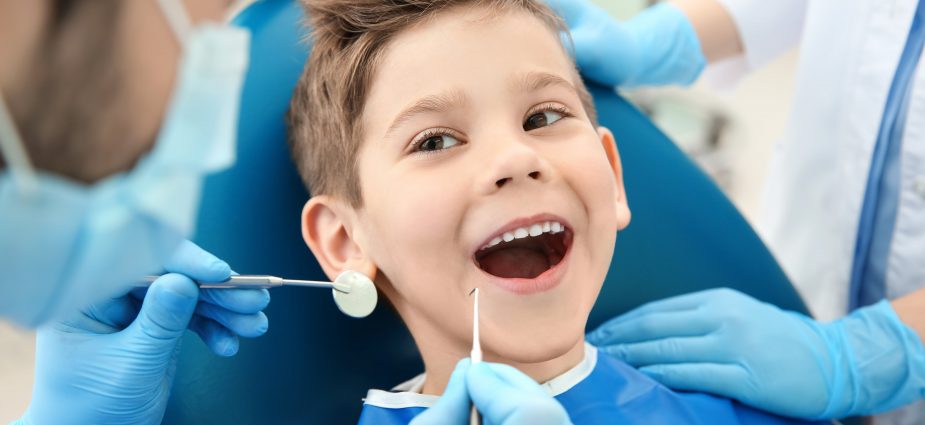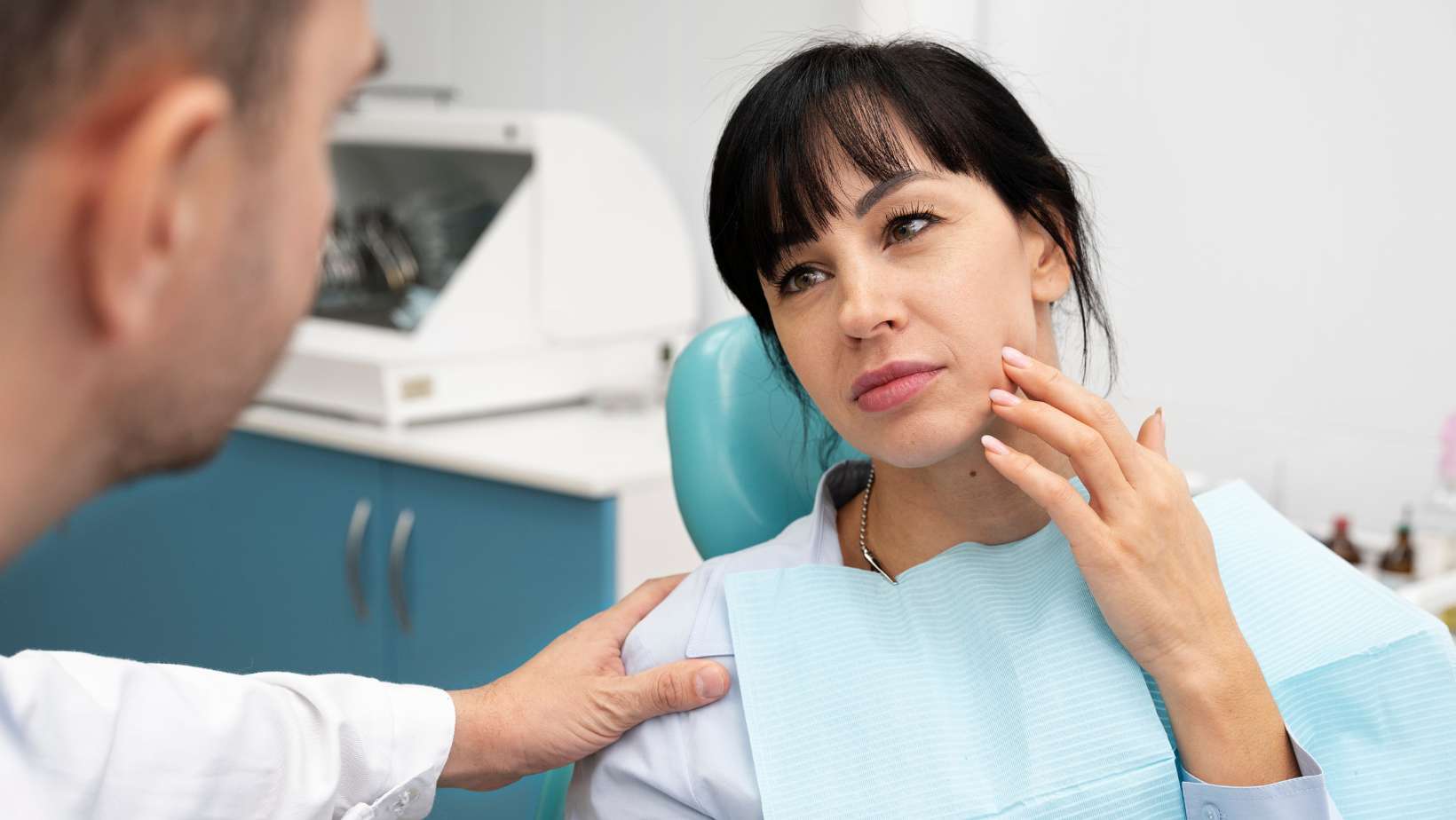Have you ever noticed a swelling on your jawbone? Are you concerned about a potential cyst lurking beneath the surface? Fear not! This comprehensive guide, led by the esteemed oral and maxillofacial surgeon Dr. Vikram Pandit, delves deep into the world of jaw cysts, illuminating their types, treatments, and everything in between.
Unveiling the World of Jaw Cysts
Types and Traits: Navigating the Landscape of Jaw Cysts
Jaw cysts come in various forms, each with its unique characteristics. Dr. Vikram Pandit helps us navigate this landscape, addressing common questions such as: What are the most prevalent jaw cysts, and are they typically painful?
Jaw cysts come in various forms, each with its distinct characteristics and prevalence. Let’s explore the most common ones:
- Eruption cysts: These arise around erupting teeth, particularly wisdom teeth, and usually disappear on their own.
- Odontogenic cysts: These cysts arise from dental tissues, often due to infected teeth or developmental issues. Examples include radicular cysts (around the root of a tooth) and dentigerous cysts (encasing an unerupted tooth).
- Primordial cysts: These develop from embryonic remnants left behind during jaw development. They are less common than other types.
Grasping the Severity: Assessing the Impact of Jaw Cysts
While most jaw cysts are benign(non-cancerous), their impact can vary depending on size, location, and potential infection. Early detection and treatment are crucial to prevent complications like bone damage, tooth displacement, or even facial asymmetry.
Detecting Jaw Cysts: Signs, Symptoms, and Sensations
Recognizing the signs and symptoms of jaw cysts is vital for early intervention. Dr. Vikram Pandit sheds light on the indicators that help individuals identify potential issues answering questions such as: Can you feel a jaw cyst? What sensations accompany a jaw cyst? Learn to spot the early warning signs and take proactive measures.
Knowing the warning signs is key to identifying potential jaw cysts. Be on the lookout for:
- Swelling or bulging in the jawbone
- Facial pain or numbness
- Loose teeth or changes in bite
- Drainage or pus discharge
- Redness or inflammation
The Treatment Landscape For Jaw Cyst Removal
Treatment Strategies For Jaw Cyst:
The treatment approach for jaw cysts depends on the specific type and severity. Options include:
- Observation: Some small, asymptomatic cysts may be monitored for changes.
- Medication: Antibiotics may be prescribed to address any underlying infection.
- Drainage: In some cases, draining the fluid from the cyst may be sufficient.
- Surgery: This is the most common approach for larger or problematic cysts. Dr. Vikram Pandit is a skilled and experienced surgeon who can perform minimally invasive procedures to maximize comfort and minimize recovery time.
Surgical Insights: A Closer Look at Jaw Cyst Removal
Jaw cyst removal surgery is typically performed under local or general anaesthesia. The precise technique depends on the location and size of the cyst. In most cases, the procedure involves making a small incision, removing the cyst and surrounding tissue, and closing the incision with stitches.
Beyond Basics
Post-Treatment Considerations: Recurrence and Follow-Up
The journey doesn’t conclude with treatment completion. Dr. Vikram Pandit emphasizes the importance of post-treatment considerations. Discussing the potential for recurrence, he addresses questions such as whether all jaw cysts need removal and whether dental cysts can spread after removal. Dr. Pandit underlines the significance of continued care after the initial treatment, providing a holistic perspective on long-term well-being.
Jaw Tumors vs. Cysts: Distinguishing Features
While often confused, jaw cysts and tumours differ significantly. Cysts are fluid-filled sacs, typically benign, while tumours are abnormal tissue growths that can be benign or malignant. Early diagnosis and intervention are crucial for both conditions, but the treatment approaches differ considerably. Dr. Pandit’s expertise in oral and maxillofacial surgery allows him to accurately diagnose and manage both cysts and tumours.
Prevention and Future Perspectives
Proactive Measures: Mitigating the Risk of Jaw Cysts
Prevention is often the best medicine. Dr. Pandit offers practical tips for maintaining oral health to reduce the risk of developing jaw cysts. Maintaining good oral hygiene, regular dental checkups, and addressing any underlying tooth issues can significantly reduce the risk of developing jaw cysts.
Innovations in Jaw Cyst Research: A Glimpse into the Future
The field of oral and maxillofacial surgery is constantly evolving, with ongoing research focusing on minimally invasive techniques, regenerative treatments, and even personalized medicine approaches for jaw cysts. Dr. Vikram Pandit stays abreast of the latest advancements, ensuring his patients receive the most effective and cutting-edge care.
Rehabilitation for Jaw Cyst
While the removal of a jaw cyst is a significant step towards restoring oral health, the journey to complete recovery involves a thoughtful and comprehensive rehabilitation process. Dr. Vikram Pandit underscores the importance of post-treatment care and offers valuable insights into the rehabilitation phase.
1. Monitoring Healing Progress:
Close monitoring of the healing process is essential after the surgical or non-surgical removal of a jaw cyst. Regular follow-up appointments with Dr. Pandit allow for the assessment of any post-operative complications and ensure that the recovery is proceeding as expected. During these appointments, imaging studies may be conducted to track the healing of the affected area.
2. Pain Management and Discomfort:
Recovery from jaw cyst removal may involve some degree of discomfort or pain. Dr. Vikram Pandit addresses this aspect by providing effective pain management strategies tailored to the patient’s needs. Over-the-counter pain relievers or prescription medications may be recommended to alleviate postoperative pain. Additionally, patients are advised on proper oral hygiene practices to minimise discomfort during the healing process.
3. Dietary Guidelines:
Nutrition plays a crucial role in the recovery process. Dr. Pandit provides personalized dietary guidelines to support optimal healing. Patients may be advised to follow a soft or liquid diet initially to avoid putting undue pressure on the treated area. As healing progresses, gradual reintroduction of regular foods is recommended.
4. Oral Hygiene Practices:
Maintaining impeccable oral hygiene is imperative for a smooth rehabilitation process. Dr. Vikram Pandit educates patients on specific oral care routines that prevent infection and promote healing. This may include gentle brushing techniques, the use of prescribed mouthwashes, and the avoidance of certain foods that could compromise the healing site.
5. Physical Activity and Rest:
Balancing physical activity and rest is crucial during the rehabilitation period. Dr. Pandit provides guidelines on resuming regular activities gradually, and avoiding strenuous exercise or activities that may impact the treated area. Ample rest is emphasized to support the body’s natural healing processes.
6. Emotional Support and Patient Education:
Recovering from a jaw cyst removal involves more than just physical healing. Dr. Vikram Pandit acknowledges the emotional aspect of the journey and provides the necessary support. Patient education is a key component, ensuring that individuals are well-informed about the recovery process, potential challenges, and expected outcomes. Addressing any concerns or anxieties is an integral part of the rehabilitation phase.
7. Follow-Up Imaging and Assessment:
Scheduled follow-up appointments include clinical assessments and imaging studies to evaluate the success of the treatment. Dr. Pandit employs advanced diagnostic tools to ensure that there is no recurrence of the jaw cyst and that the affected area is healing as anticipated. This thorough approach provides patients with the confidence that their oral health is in capable hands.
8. Rehabilitation Timeline:
The duration of rehabilitation varies from patient to patient, depending on factors such as the type and size of the cyst, overall health, and adherence to postoperative instructions. Dr. Vikram Pandit establishes a clear rehabilitation timeline during initial consultations, giving patients realistic expectations of the recovery journey.
As we conclude this in-depth guide, guided by the expertise of Dr. Vikram Pandit, we’ve covered the entire spectrum of jaw cyst-related questions. This resource empowers individuals with knowledge, enabling them to make informed decisions about their oral health with confidence. If you have any more questions or concerns, don’t hesitate to consult with Dr. Vikram Pandit for personalized advice tailored to your unique situation. Your oral health journey begins with understanding, and we’re here to guide you every step of the way.
Meet the Doctor
BDS, MDS Oral & Maxillofacial Surgeon
Dr. Vikram is a visiting consultant and consultant oral and maxillofacial surgeon at the top hospitals in Pune like Poona Hospital and Research Centre, Ratna Memorial Hospital, Pandit Clinic and KEM Hospital. Dr. Vikram has done clinical fellowship in craniofacial surgery with focus on surgery for cleft lip and palate deformities, orthognathic surgery and surgery for sleep related disordered breathing (SRDB). He has trained for advanced management for Facial Trauma, from Taiwan. He has also attended various seminars and done workshops related to Oral and Maxillofacial Surgery. Dr. Vikram is also a co- author of a chapter for a textbook. He has been invited as a speaker for number of conferences in India as well as Internationally.
You Might Be Interested In

Reshaping Bodies with Focused Ultrasound
The desire for fat reduction intertwines personal aesthetics, wellness considerations, and the desire for a confident self-image. However, at times, dieting or exercise don’t help

Laser Hair Removal – Benefits, Preparation, Process & Results
Laser Hair Removal is a cosmetic treatment that harnesses laser beams to target hair follicles and remove unwanted body hair efficiently and effectively. Laser Hair



